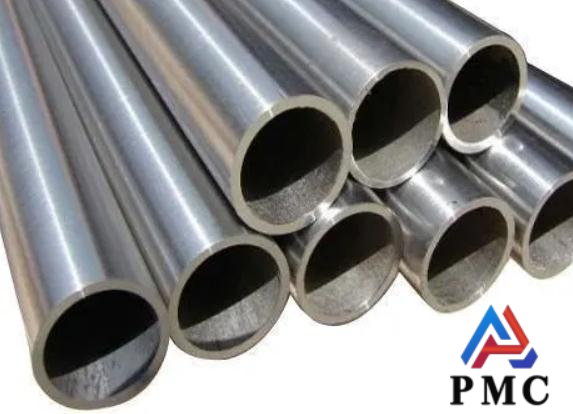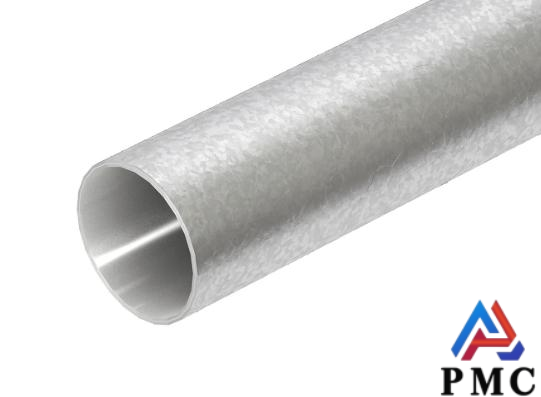
Seamless Steel Tubes VS Galvanized Steel Pipes in Terms of Corrosion Prevention
Seamless tube is a hollow long steel strip with no weld around it. It is made from solid tube billet through perforation, rolling and other processes. Galvanized steel pipe is a pipe with a layer of zinc on the surface of the steel pipe through hot-dip or electro-galvanizing process. The main difference between seamless steel tubes and galvanized steel pipes in terms of corrosion protection lies in their anti-corrosion mechanisms and applicable environments. Simply put, galvanized pipes provide protection through the zinc layer on the surface, while the corrosion resistance of the seamless steel pipe material itself depends on its alloy composition.
Anti-corrosion mechanism
Seamless steel pipe: Its anti-corrosion performance mainly depends on the material of the steel pipe itself.
Seamless carbon steel pipe: Poor corrosion resistance, easy to rust, usually requires painting, plastic coating or other anti-corrosion treatment to improve its corrosion resistance.
Alloy steel seamless pipe (such as stainless steel): By adding alloy elements such as chromium, nickel, and molybdenum, a dense oxide film is formed to prevent further corrosion of the steel. Stainless steel has excellent corrosion resistance, especially in specific media.
Galvanized steel pipe: Its anti-corrosion mechanism is to provide protection through the zinc layer on the surface.
Shielding effect: The zinc layer covers the surface of the steel pipe, isolating the steel pipe from the corrosive medium and preventing the steel pipe from rusting due to direct contact with the corrosive medium.

Comparison of anti-corrosion performance
Under normal circumstances: The corrosion resistance of galvanized steel pipes is better than that of ordinary seamless carbon steel pipes. The zinc layer can effectively prevent the steel pipes from rusting and extend their service life.
In humid and corrosive environments: Galvanized steel pipes still have good anti-corrosion properties, but if the zinc layer is severely damaged (such as scratches, wear), the steel pipe will begin to rust.
In special media such as strong acids and strong alkalis: the galvanized layer may be corroded quickly and lose its protective effect. At this time, a more corrosion-resistant alloy steel seamless pipe (such as stainless steel) should be selected.
In high temperature environment: The galvanized layer is easy to fall off or react with the steel matrix at high temperature, reducing the anti-corrosion performance. At this time, high temperature resistant alloy steel seamless pipe should be selected.

Application Selection
For general tap water and gas transportation: galvanized pipes are usually an economical and practical choice.
For occasions with higher requirements such as fire protection pipes: hot-dip galvanized seamless pipes are usually selected to ensure higher safety and reliability.
For highly corrosive environments such as chemical, petroleum, and marine engineering: alloy steel seamless pipes with stronger corrosion resistance (such as stainless steel) should be selected.
In summary, the choice of steel pipe depends on the specific application environment and requirements. If the main consideration is anti-corrosion performance and the environment is not particularly harsh, galvanized pipe is an economical and practical choice; if higher strength, pressure bearing capacity or use in harsher environments is required, suitable seamless steel pipes should be selected.
Read more: Difference between Seamless Steel Pipe and Galvanized Steel pipe


